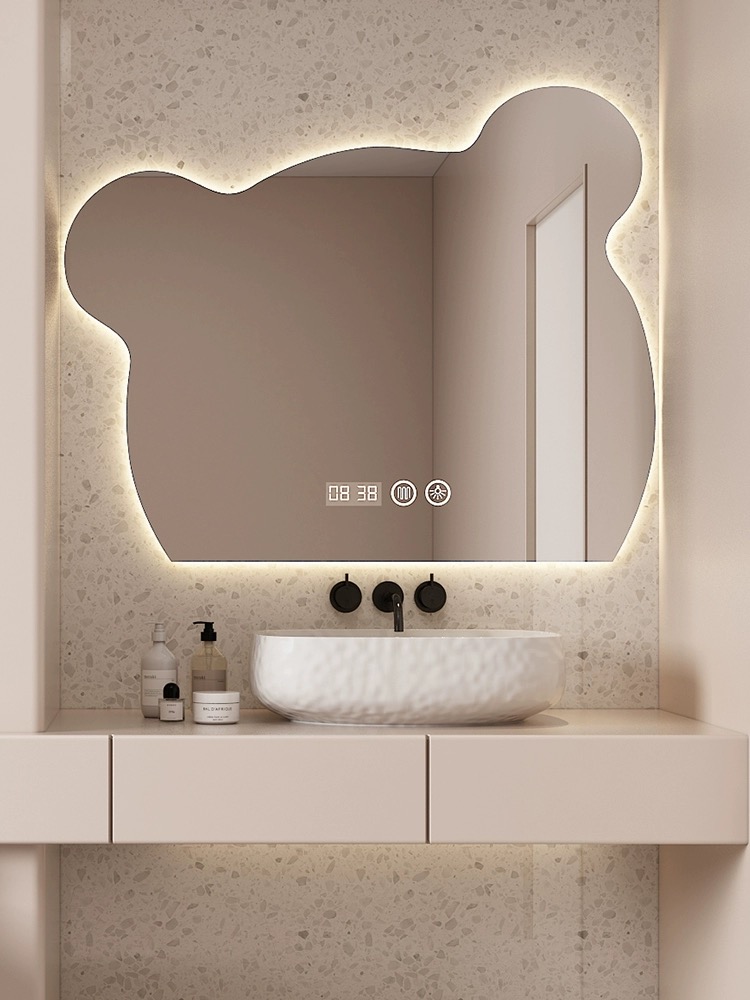

Exploring the Various Types of Patterned Glass
Patterned glass, also known as textured glass, is a decorative element that has been utilized in architecture and design for centuries. It combines aesthetic appeal with functionality, offering privacy while still allowing light to pass through. This versatility makes patterned glass a favored material in both residential and commercial spaces. In this article, we will explore the various types of patterned glass and their applications.
One of the most common types of patterned glass is *frosted glass*. This type of glass has a translucent quality, achieved by sandblasting or acid etching. Its soft, diffused appearance allows light to scatter, creating an inviting ambiance while obscuring visibility. Frosted glass is often used in bathroom windows, shower doors, and office partitions, providing a degree of privacy without sacrificing natural light.
Another popular option is *laminated glass with patterns*. This involves layering two or more sheets of glass with an interlayer that may feature a design, color, or texture. The result is a strong, durable glass that maintains the aesthetic appeal of patterned glass. Laminated glass is frequently used in safety applications, such as skylights, glass doors, and balustrades, where both strength and design are crucial.
*Etched glass* is another variation worth noting. This type of glass is created by removing portions of the outer surface using various techniques, such as sandblasting or chemical etching. The result can be intricate designs or simple patterns, often used in decorative doors, windows, and tabletops. Etched glass can enhance the elegance of a space, making it a popular choice for upscale residences and commercial establishments.

*Textured glass* is distinct due to its surface patterns that are created during production, such as rolling the glass through a patterned roller. Options include wavy, hammered, or ribbed patterns, each providing unique design elements and varying levels of transparency. Textured glass is often used in exterior windows, doors, and shower enclosures, as it not only adds character but also helps in diffusing light.
*Colored patterned glass* adds another layer of creativity to the designs. This type of glass incorporates colored pigments during manufacturing, resulting in vibrant hues and intricate patterns. Colored glass can be used in stained glass windows, decorative screens, and art installations, adding a dynamic visual element to spaces. It is especially popular in places such as churches, museums, and galleries, where color and light interaction is desired.
Moreover, *digital printed glass* is an innovation in the world of patterned glass. This method uses technology to print designs directly onto the glass surface. The possibilities are virtually limitless, ranging from photographic images to intricate graphics, making it a favored choice for modern interiors. Digital printed glass is commonly seen in corporate offices, restaurants, and retail environments, allowing for brand expression and creative flair.
In conclusion, patterned glass comes in a variety of forms, each serving unique purposes and enhancing the charm of spaces. From frosted and etched glass to textured and colored options, the potential applications are vast. As architectural trends evolve, the demand for innovative patterned glass solutions continues to rise, providing endless possibilities for designers and homeowners alike. Embracing the beauty and functionality of patterned glass can transform ordinary spaces into extraordinary experiences, where light and design harmoniously converge.